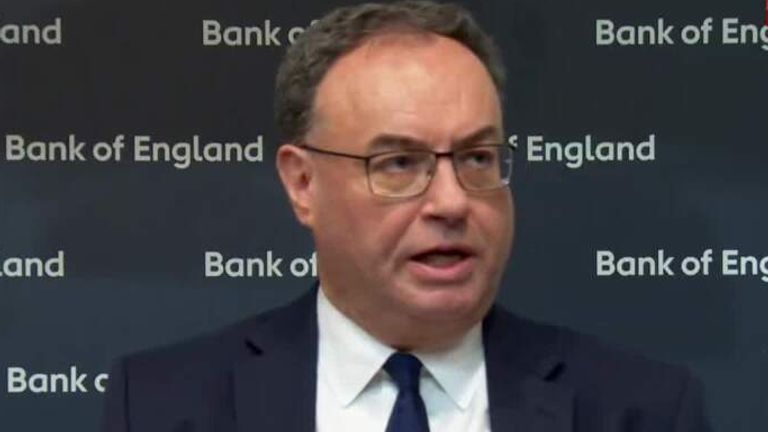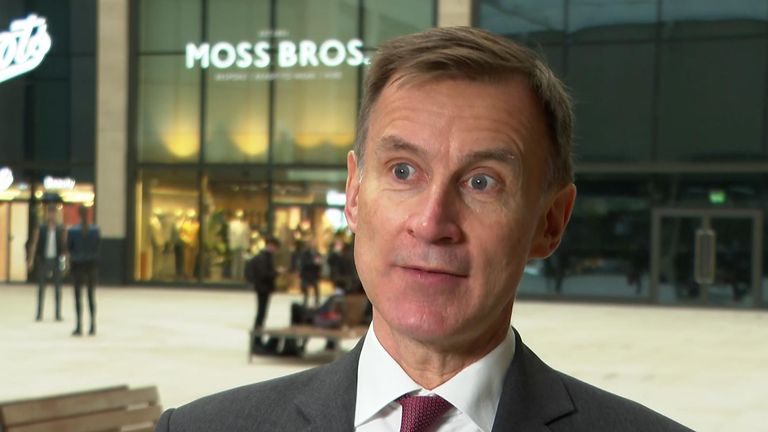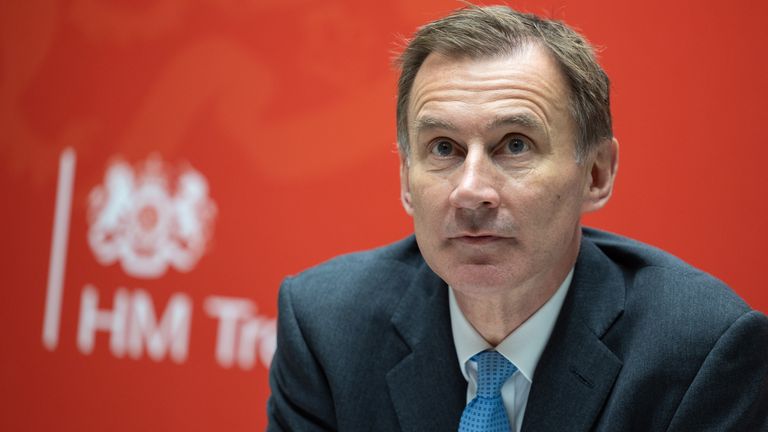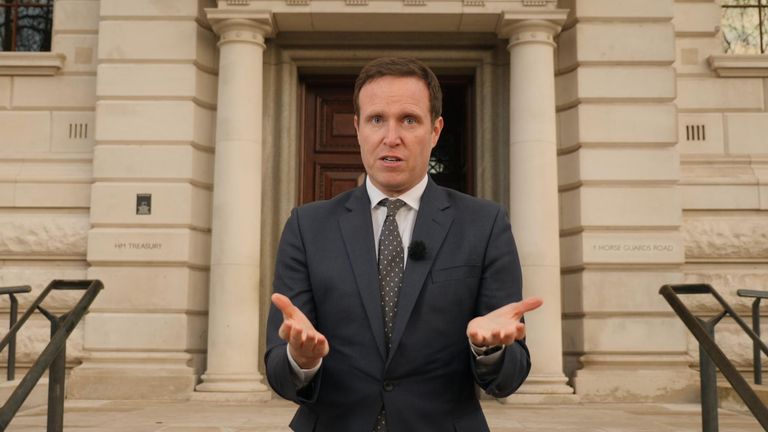
The Bank of England has raised UK interest rates by a further half percentage point to 4%, but gave its clearest signal yet that borrowing costs may now be nearing their peak.
This was the Bank’s tenth successive interest rate increase, but in the accompanying documentation, it hinted that there is a chance it might be the last for the time being, saying that it would only raise rates further “if there were to be evidence of more persistent [inflationary] pressures” than in its forecasts.
Those forecasts suggest that inflation has now peaked, and that it will come down gradually this year and next, eventually dropping beneath the Bank’s 2% target.
“I do see the signs that we’re turning a corner, and that obviously is encouraging but there’s a long way to go,” Andrew Bailey, governor of the Bank of England, told Sky News in an interview. “There’s still some very big risks out there.”
“We’re going to take it each game as it comes and look at the evidence very closely,” he added.
In raising interest rates again, the Bank pointed to wages in the private sector rising faster than anticipated.
There are widespread strikes this week in the public sector as workers fight for higher wages. Mr Bailey said the Bank would be keeping a close eye on developments in this area, as they could contribute further to inflation.
“What happens going forwards on wage setting will be very important and we’ll be watching it very closely because that will be an important indicator of whether the very sharp downward path of inflation will happen,” he said.
The Bank also upgraded its general forecast for the economy on Thursday.
While it still projects a technical recession this year, it would be a very shallow recession, with overall growth falling by 0.5% in 2023, compared with its November forecast of a 1.5% fall.
“If it emerges now, it’ll be the shallowest recession in a long long time,” Mr Bailey said.
Ed Conway analysis: It’s clear the Bank thinks we are – or near to – a peak in interest rates
Seven members of the nine-person Monetary Policy Committee supported the half percentage point increase, but two members – Swati Dhingra and Silvana Tenreyro – voted to leave borrowing costs on hold.
All were told that while the increase today is significant, the hints included in the Bank’s minutes represent a marked change in tone.
Previously it had said that it was ready to respond “forcefully” to higher inflation; this time, that language was removed.
Previously it had said further rate increases might be required if the economy behaved in line with their forecasts; this time it indicated that rate increases were dependent on higher inflation than in its forecasts.
The shifts in language leave the door open for some small further increases in borrowing costs but provide the firmest signal yet that UK interest rates are now at, or close to, their peak.
Outlook still weaker than in recent years
Still, while the outlook for the UK economy is better than in the Bank’s previous forecasts, it is nonetheless far weaker than in recent years.
While the average UK growth rate pre-financial crisis was around 2.5% and around 1.5% post-pandemic, the Bank expects underlying growth of just 0.7% in the coming years.
Moreover, because of the fall in national income projected this year, it now expects that the size of the economy will still be at 2019 levels in 2026 – a full seven years of lost growth.
Many other countries around the world have already exceeded their post-pandemic level; the UK, according to the Bank’s figures, is set to languish below it until the second half of this decade.
A spokesperson for the prime minister commenting on the figures said: “Inflation is the biggest threat to living standards in a generation, we support the bank’s action today. We will continue to take the decisions needed to reduce inflation.”
“This is a difficult time for mortgage holders in the UK. Inflation falling is not a given, it requires government to stick to the difficult decisions it has taken.”
On the subject of mortgage rates, Mr Bailey told Sky News that he was “hoping that we’ll see much more stability in the interest rate curve off of which mortgages are priced off.”
“That evidence is helpful, but there are a lot of people who don’t immediately benefit from that,” he added.












